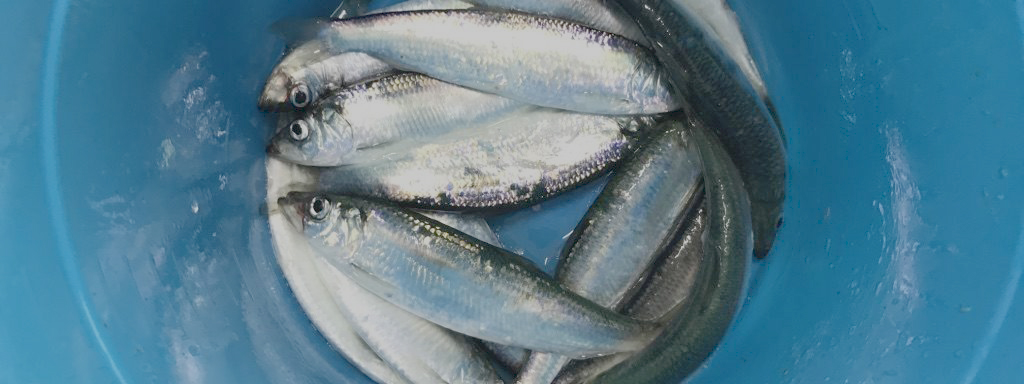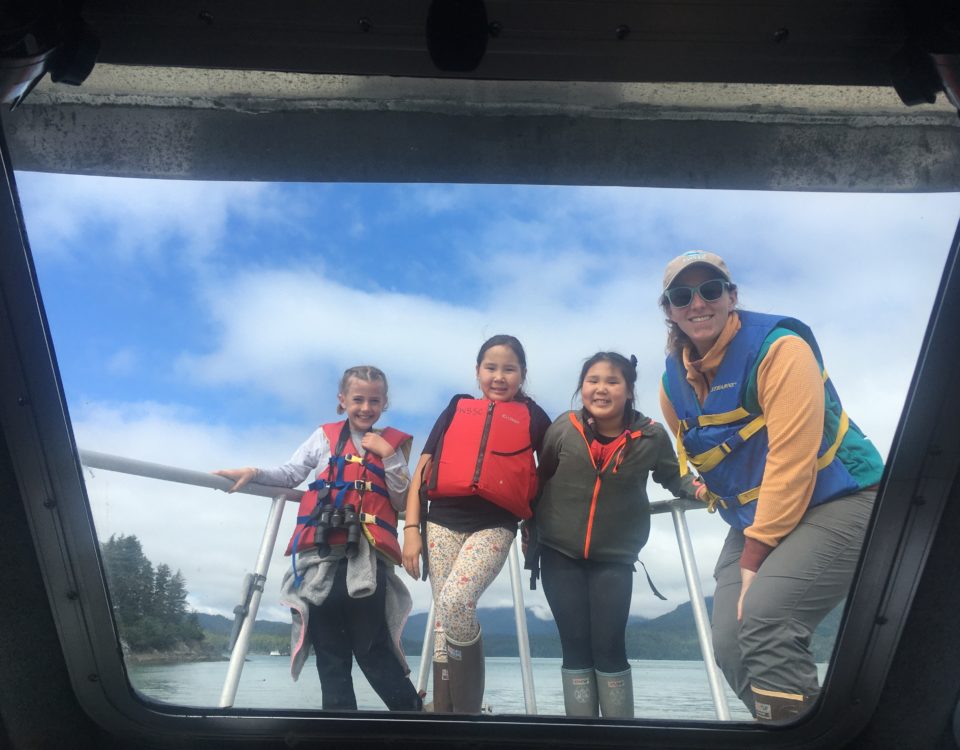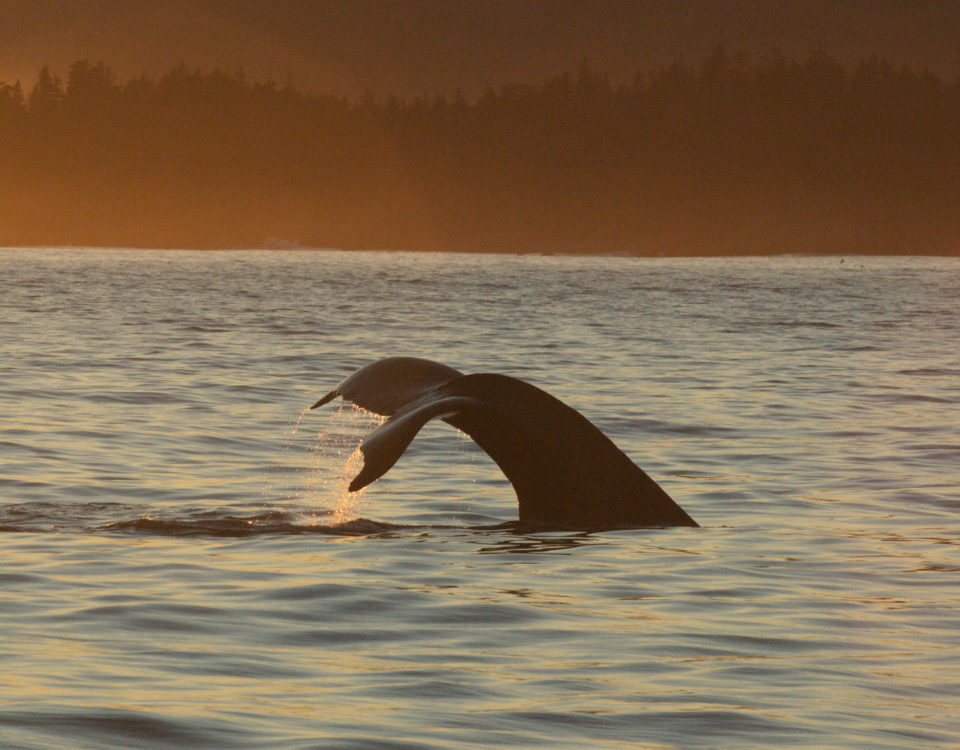Hear ye, hear ye! Herring month is here!

Follow our social media channels this month to learn about herring in the Prince William Sound and how we are studying them. If you are interested in what is going on in the field of herring research, check out this video of Dr. Alysha Cypher’s Tuesday Night Talk where she discussed her past research dealing with the effects of oil on herring.
Pacific herring are a type of forage fish. This means they are preyed upon by other fish, seabirds, and marine mammals for food; while they eat zooplankton, phytoplankton, crustaceans, and small fish. Herring generally live 8-16 years. Pacific herring travel in schools. They are also known to migrate. Herring migrate offshore to eat and nearshore to spawn. They also display what is known as the ‘diel vertical migration’ pattern, which means they stay deeper in the ocean during the day and then come up to the shore at night to feed.
There are five stages of the herring lifecycle. Eggs are laid in nearshore vegetation and hatch around 10-14 days. When herring eggs hatch, the babies are known as larvae. The larvae cannot swim well and are at the mercy of the current. Ideally, the larvae will end up in bays where they are protected. Herring become juveniles around 80-100 days, after going through a metamorphosis. During this stage, they get their scales. The juveniles are generally found forming schools in small bays and channels. Eventually, the juvenile herring are considered fingerlings; although, some still consider them juveniles. During this stage, they move into deeper waters where they continue to grow and feed. After three or four years they mature into adults and become part of the spawning population. Adult herring spawn every year in shallow waters with vegetation. This can happen in both intertidal and subtidal zones. Eggs attach to vegetation, while milt is released freely in the water column to fertilize the eggs. On average, a single female herring lays around 20,000 eggs. It is estimated that only 1 out of 10,000 eggs reaches adulthood.




